Webb County
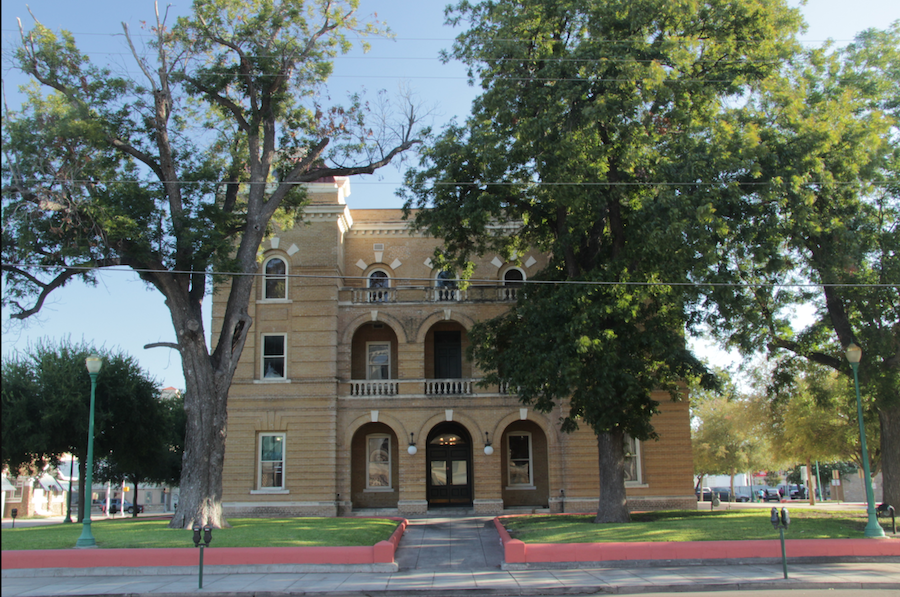
Webb County
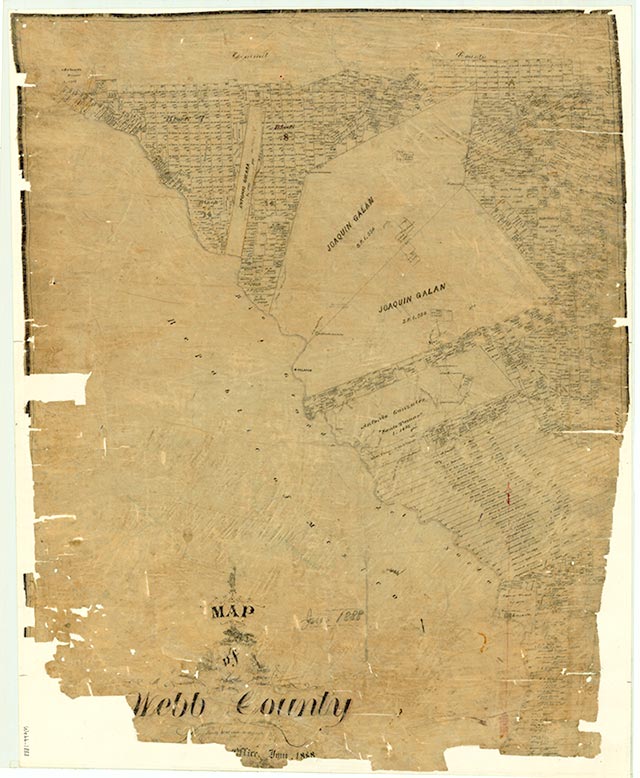
Webb County is in South Texas along the Mexican border. Laredo, the county's largest town and seat of government, is in the southwestern part of the county at the intersection of U.S. Highway 59 and Interstate Highway 35. The center of the county is at 27°45' north latitude and 99°20' west longitude. Webb County includes 3,363 square miles of generally flat to rolling terrain covered with grasses, mesquite, thorny shrubs, and cacti. Elevation ranges from 400 to 700 feet, and soils are primarily clayey and loamy. The northern and eastern sections are drained by a number of creeks that flow north and eventually enter the Nueces River; the southern and western parts of the county are drained by the Rio Grande. Mineral resources include caliche, clay, uranium, oil, natural gas, and zeolite. Temperatures range from an average high of 100° F in July to an average low of 43° in January. Rainfall averages twenty inches per year, and the growing season lasts for 314 days.
Artifacts dating from the Paleo-Indian period demonstrate that humans have lived in the area around Webb County for perhaps 11,000 years. Evidence suggests that various Indian groups, including the Carrizo, Pacuache, Pastaloca, and Pitalac peoples, lived in the region during the Late Prehistoric period. By the early 1800s, however, these Coahuiltecan groups were being squeezed out by Comanches, Lipan Apaches, and other Indian groups and by the Spanish, who were moving up from the south. Early Spanish explorers traveled through the area on their journeys north of the Rio Grande. Alonso De León passed across what is now the northwestern corner of Webb County during the 1680s, and in 1747 Miguel de la Garza Falcón journeyed through the area as he explored the north bank of the Rio Grande. By the mid-eighteenth century a trail through the area was used by Spaniards traveling from Monterrey to San Antonio; in 1749 Jacinto De León, a Spanish army officer, established a ford, later known as the Paso de Jacinto, a mile north of the site of present-day Laredo. In 1755, under the direction and guidance of José de Escandón, a settlement was established near the Jacinto ford by Tomás Sánchez de la Barrera y Garza. The settlement, named Laredo, was actually little more than a ranch in its first years of existence, but it flourished under the leadership of Sánchez. In 1755 only three families moved to the area, but by 1757 Laredo had grown to eleven families and eighty-five people. By 1767, when a royal commission visited Laredo, 185 people lived there. The commission arranged for the survey of a formal townsite, inaugurated a government, and assigned land grants to families who had settled in the area. Sánchez and his relatives were awarded porciones encompassing 100,000 acres on both sides of the Rio Grande. The commission also extended the jurisdiction of the town north to the Nueces River so that it eventually included all of the area of present Webb County as well as parts of modern La Salle, Dimmit, and Zapata counties. The community continued to grow, and in 1789, 708 people, including 110 Carrizo Indians, lived in Laredo. By 1819 the population of Laredo was 1,418, and by 1828 it had reached 2,052.
John Leffler, Christopher Long | © TSHA

Adapted from the official Handbook of Texas, a state encyclopedia developed by Texas State Historical Association (TSHA). It is an authoritative source of trusted historical records.
Currently Exists
Yes
Place type
Webb County is classified as a County
Altitude Range
310 ft – 940 ft
Size
Land area does not include water surface area, whereas total area does
- Land Area: 3,361.5 mi²
- Total Area: 3,375.6 mi²
Temperature
January mean minimum:
46.1°F
July mean maximum:
99.3°F
Rainfall, 2019
20.2 inches
Population Count, 2019
276,652
Civilian Labor Count, 2019
115,398
Unemployment, 2019
10.1%
Property Values, 2019
$24,333,503,904 USD
Per-Capita Income, 2019
$31,635 USD
Retail Sales, 2019
$3,596,529,972 USD
Wages, 2019
$1,027,240,287 USD
County Map of Texas
Webb County
- Webb County
Places of Webb County
| Place | Type | Population (Year/Source) | Currently Exists |
|---|---|---|---|
| Town | 0 (2021) | Yes | |
| Town | – | – | |
| Town | – | – | |
| Town | – | – | |
| Town | 54 (2021) | Yes | |
| Town | 17 (2021) | Yes | |
| Town | 376 (2021) | Yes | |
| Town | – | – | |
| Town | – | – | |
| Town | – | – | |
| Town | – | – | |
| Town | – | – | |
| Town | – | – | |
| Town | – | – | |
| Town | 74 (2021) | Yes | |
| Town | – | – | |
| Town | – | – | |
| Town | – | – | |
| Town | – | – | |
| Town | – | – | |
| Town | – | – | |
| Town | – | – | |
| Town | 2,506 (2021) | Yes | |
| Town | – | – | |
| Town | – | – | |
| Town | – | – | |
| Town | 0 (2021) | Yes | |
| Town | – | – | |
| Town | – | – | |
| Town | 0 (2021) | Yes | |
| Town | – | – | |
| Town | – | – | |
| Town | – | – | |
| Town | 34 (2021) | Yes | |
| Town | 44 (2021) | Yes | |
| Town | 203 (2021) | Yes | |
| Lake | – | Yes | |
| Town | 256,153 (2021) | Yes | |
| Town | 0 (2021) | Yes | |
| Town | 0 (2021) | Yes | |
| Town | – | – | |
| Town | 0 (2021) | Yes | |
| Town | 0 (2021) | Yes | |
| Town | – | – | |
| Town | – | – | |
| Town | – | – | |
| Town | 113 (2021) | Yes | |
| Town | – | – | |
| Town | 35 (2021) | Yes | |
| Town | 0 (2021) | Yes | |
| Town | 0 (2021) | Yes | |
| Town | 218 (2021) | Yes | |
| Town | 38 (2021) | Yes | |
| Town | 0 (2021) | Yes | |
| Town | 0 (2021) | Yes | |
| Town | – | – | |
| Town | 42 (2021) | Yes | |
| Town | 25 (2021) | Yes | |
| Town | – | – | |
| Town | – | – | |
| Town | – | – | |
| Town | 189 (2021) | Yes | |
| Town | – | – | |
| Town | – | – | |
| Town | – | – | |
| Town | 108 (2021) | Yes | |
| Town | – | – | |
| Town | – | – | |
| Town | – | – | |
| Town | – | – | |
| Town | – | – | |
| Town | 0 (2021) | Yes | |
| Town | 632 (2021) | Yes | |
| Town | 316 (2021) | Yes | |
| Town | 319 (2021) | Yes | |
| Town | 519 (2021) | Yes | |
| Town | – | – | |
| Town | 4,400 (2021) | Yes | |
| Town | – | – | |
| Town | 248 (2021) | Yes | |
| Town | 251 (2021) | Yes | |
| Town | – | – | |
| Town | – | – | |
| Town | – | – | |
| Town | – | – | |
| Town | – | – | |
| Town | – | – | |
| Town | – | – | |
| Town | – | – | |
| Town | – | – | |
| Town | – | – | |
| Town | – | – | |
| Town | 17 (2021) | Yes | |
| Town | 199 (2021) | Yes | |
| Town | 0 (2021) | Yes | |
| Town | – | – | |
| Town | – | – | |
| Town | – | – | |
| Town | 0 (2021) | Yes | |
| Town | – | – | |
| Town | – | – | |
| Town | – | – | |
| Town | – | – | |
| Town | – | – |
Photos Nearby:
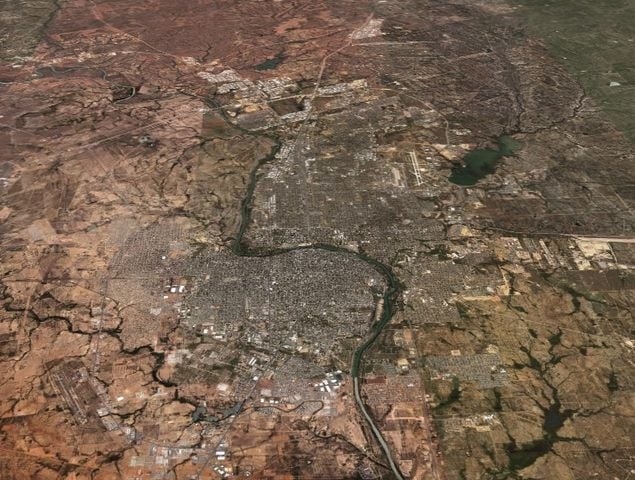
Laredo, Texas
Satelline view of Laredo Metropolitan area. Laredo is the seat of Webb County, Texas. Photograph Credit: NASA, public domain image via Wikipedia.
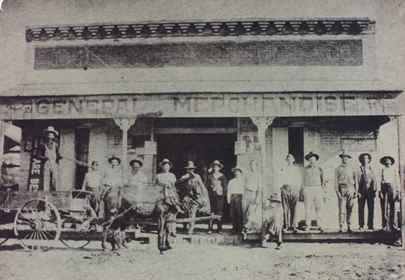
Aguilares, Texas
Aguilares, Texas. Photograph by Unknown Author and under Public Domain.
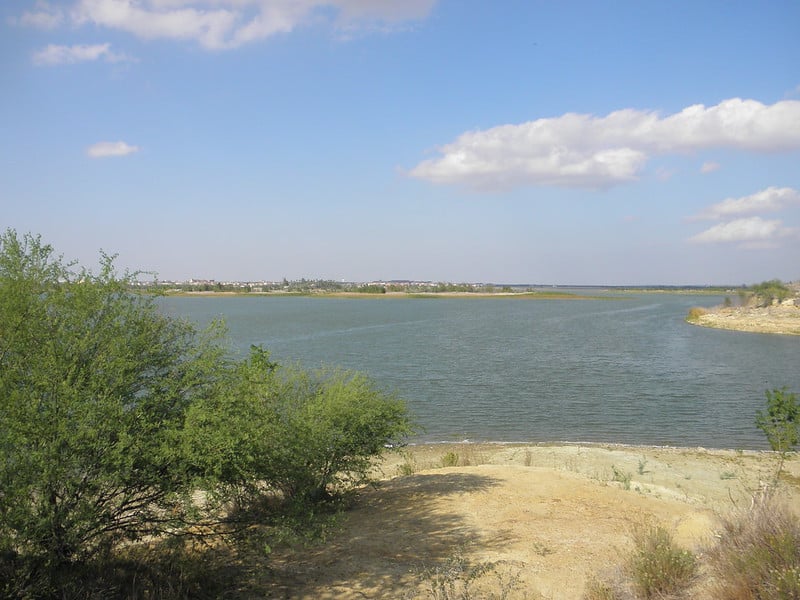
The sandy shores of Lake Casa Blanca
Photo by Robert Nunnally, Flickr, CC2
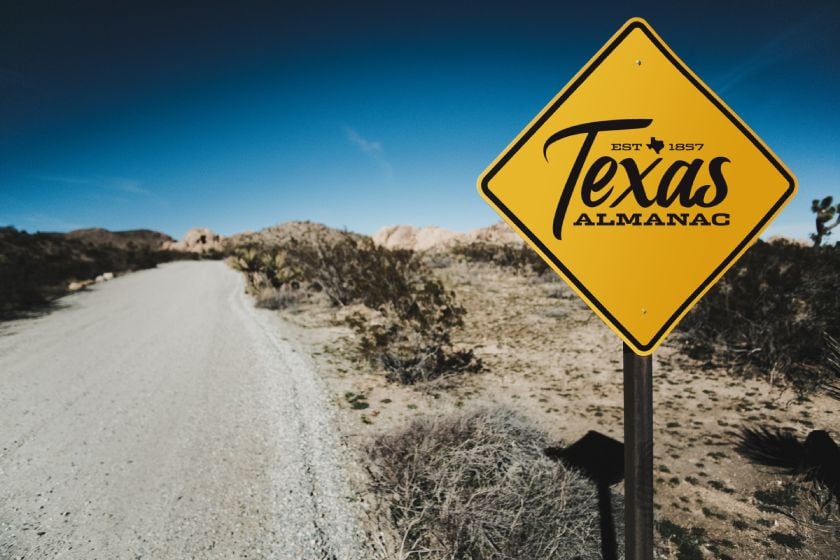
Proud to call Texas home?
Put your name on the town, county, or lake of your choice.
Search Places »


